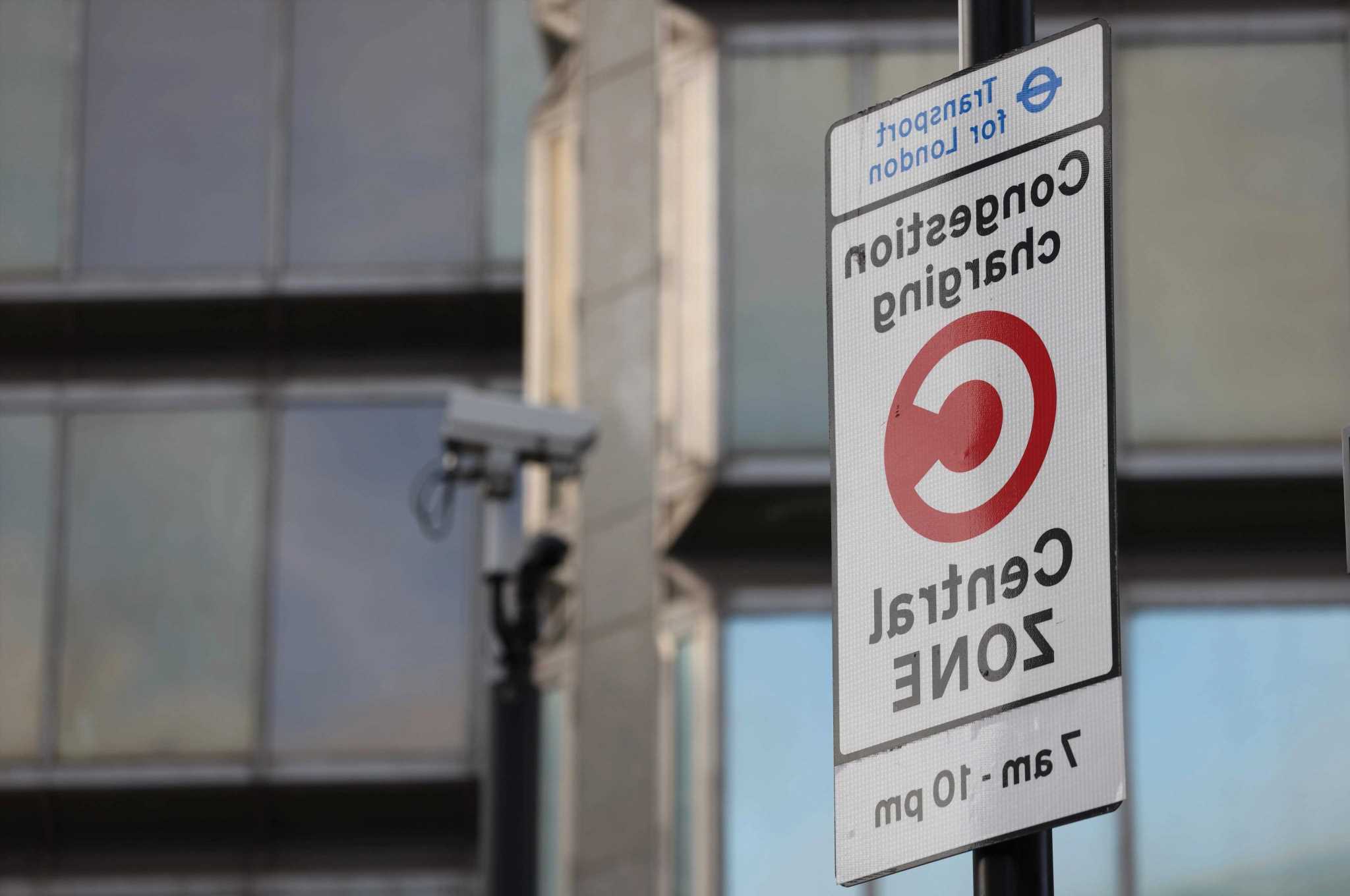EU space race: Expert discusses launching of satellites
We use your sign-up to provide content in ways you’ve consented to and to improve our understanding of you. This may include adverts from us and 3rd parties based on our understanding. You can unsubscribe at any time. More info
A team of Chinese scientists have created a device that uses explosives to stealthily destroy enemy satellites. It comes after reports that China successfully launched a nuclear-capable hypersonic missile test which caught US defence officials completely off-guard. They have since failed a similar test of their own. According to the South China Post, the anti-satellite weapon can be inserted inside of a probe’s exhaust nozzle and can detonate a “time-controlled, steady explosion”.
But the weapon is said to leave the satellite intact after exploding and instead damages the interior part of the probe.
Since the explosion is partially contained, it could be mistaken for an engine mishap and silently take out US space assets unnoticed.
Although it is not yet entirely known how exactly the device is supposed to enter inside a space probe, it seems to be a new method of attacking enemy probes without using lasers or missiles, which are far more obvious as they are easily detectable.
Professor Sun Yunzhong and colleagues from the Hunan Defence Industry Polytechnic in Xiangtan wrote in a paper published in the domestic journal Electronic Technology & Software Engineering last month that the device could stay inside the satellite for an extended period by using a locking mechanism driven by an electric motor.


If needed, the process can be reversed to separate it from the target.
This technology could give a hint at a future in which spycraft involves sabotaging active satellites in orbit.
And many fear it could possibly escalate into a full-blown space war if world leaders are not careful.
This comes as China has boosted its arsenal of space weaponry, prompting major fears in Washington of an attack on US orbital spacecraft.
But the US is also preparing for space war, with the Pentagon already planning efforts to build its own weapons.
Last week, NASA officials were testifying at a House Science, Space, and Technology subcommittee hearing, calling for new weapons to help the US reach Mars before powers such as Russia and China.
They called on US lawmakers to invest more resources into researching and developing nuclear-powered rockets.

But this also came as China launched a hypersonic weapon capable of carrying a nuclear warhead in August that did an entire lap of Earth without being detected by US defence systems.
The rocket, known as the China Long March, concerned experts who fear China have made considerable progress ahead of the US in the Space race.
The flying missiles are manoeuvrable mid-flight, which means they can dodge radar and can fly through over the South Pole, away from US missile defence systems which mainly look to the North Pole.
With these missiles and the new device that enters enemy satellite interiors, China looks set to be a terrifying presence in space.
DON’T MISS
UK ‘not serious about science’ as Rishi plots £22bn fund CUT [INSIGHT]
Archaeologists stunned by strange discovery at city of Petra [REVEAL]
Brexit Britain to open £450m science hub in Cambridge [REPORT]


The Pentagon has also been warning for years that China has developed hypersonic glide vehicles to arm short-range ballistic missiles.
To prepare for these missile attacks, the Pentagon is developing a network of space sensors in low Earth orbit to boost up the current US antimissile defence system in case of an attack from China.
But after the US’s missile booster stack — a rocket system intended to accelerate the weapon to hypersonic speeds, failed in a trial on Thursday, it appears as though it may be lagging behind China and possibly will not be prepared to cope.
Source: Read Full Article


